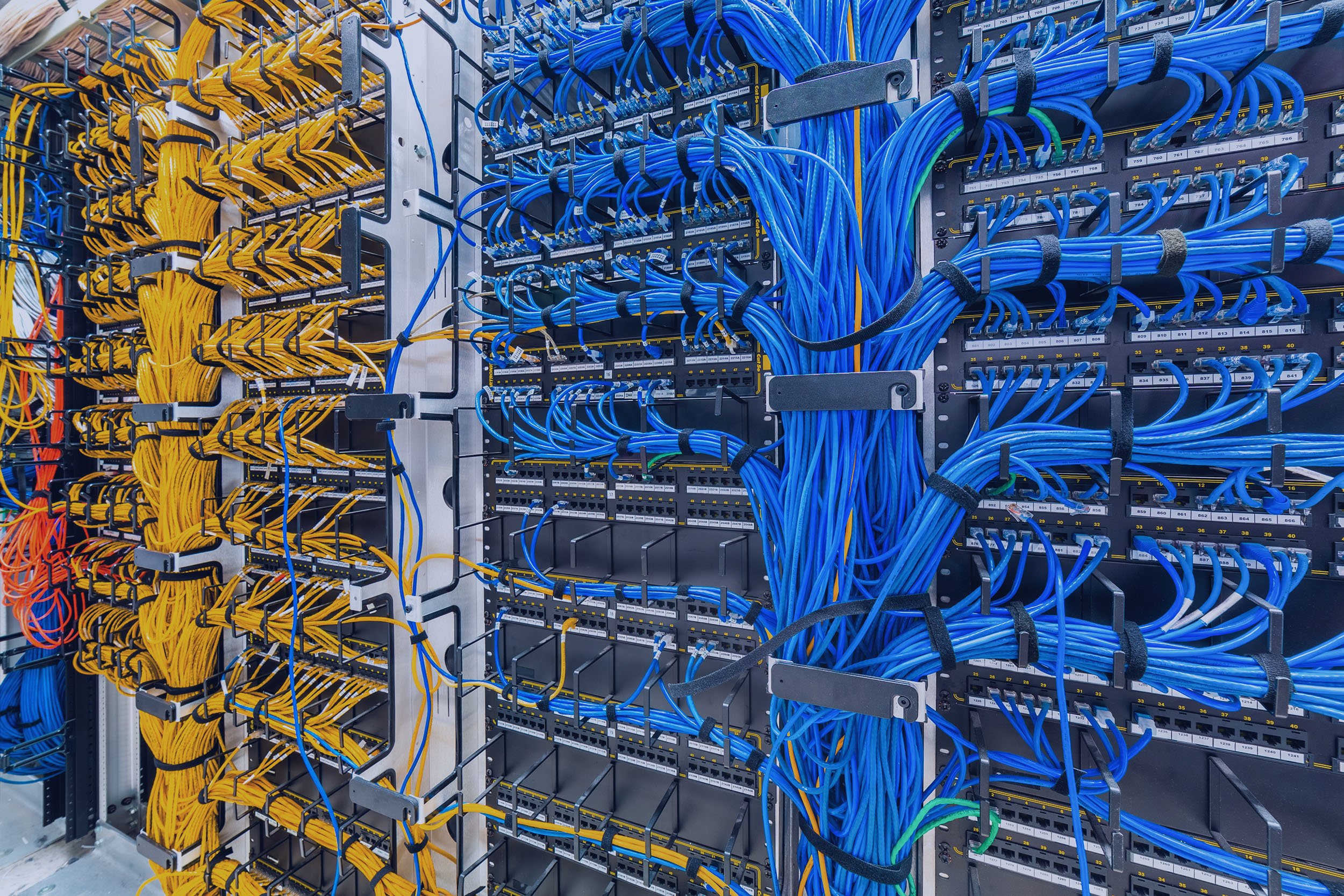REDUCED
redundancy
Optimizing redundancy is key to balancing power constraints, cost efficiency, and reliability in a data center. Too much redundancy increases expenses and energy use, while too little risks downtime. Finding the right balance ensures resilience without unnecessary waste.

KEEP it reliable.
If your data center currently operates with greater than N+2 redundancy, reducing it can free up power, lower costs, and simplify maintenance without compromising reliability. While ultra-high redundancy may have been necessary in the past, modern infrastructure, improved failover mechanisms, and smarter resource management make N+2 a more efficient choice.
Why reduce redundancy?
Mitigating Power Constraints – Scaling down from 2N or N+3 frees up power for IT loads, crucial in regions with limited or costly electricity.
Optimizing Energy Efficiency – Less redundant hardware means lower energy consumption, reducing unnecessary power draw.
Balancing Cost vs. Reliability – N+2 maintains high uptime while cutting capital and operational expenses tied to duplicate infrastructure.
Aligning with Modern Workloads – Cloud and distributed computing reduce reliance on physical redundancy, making N+2 more practical.
Meeting Compliance Needs – N+2 balances regulatory requirements and cost-effective operations for industries like finance and healthcare.
Supporting Sustainability – Reducing excess power usage lowers carbon footprints and aligns with green data center initiatives.

